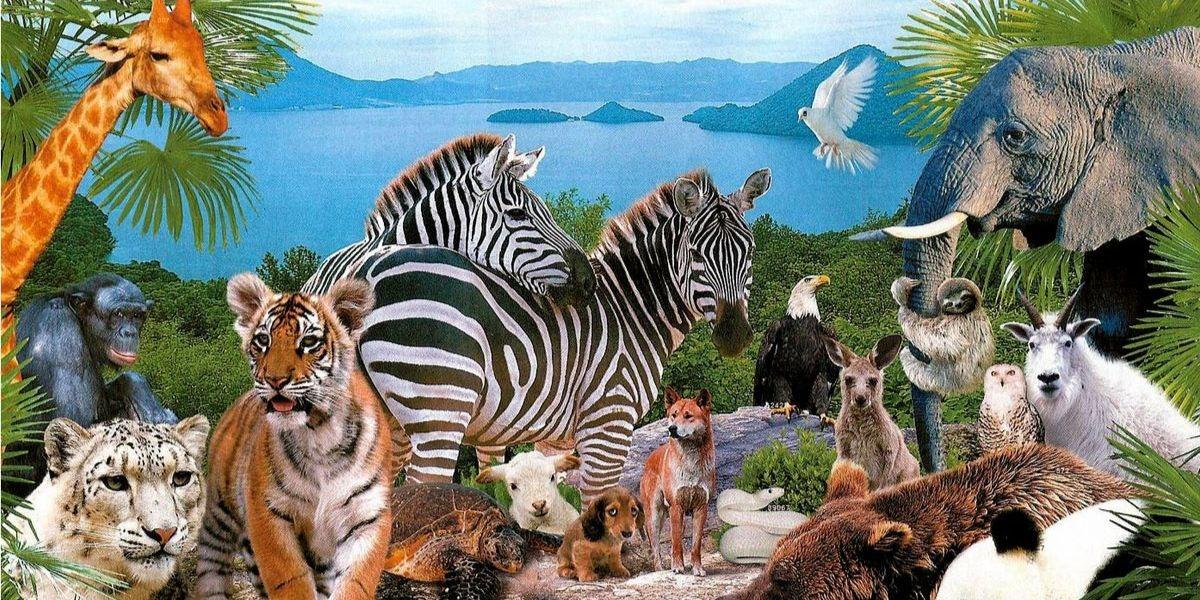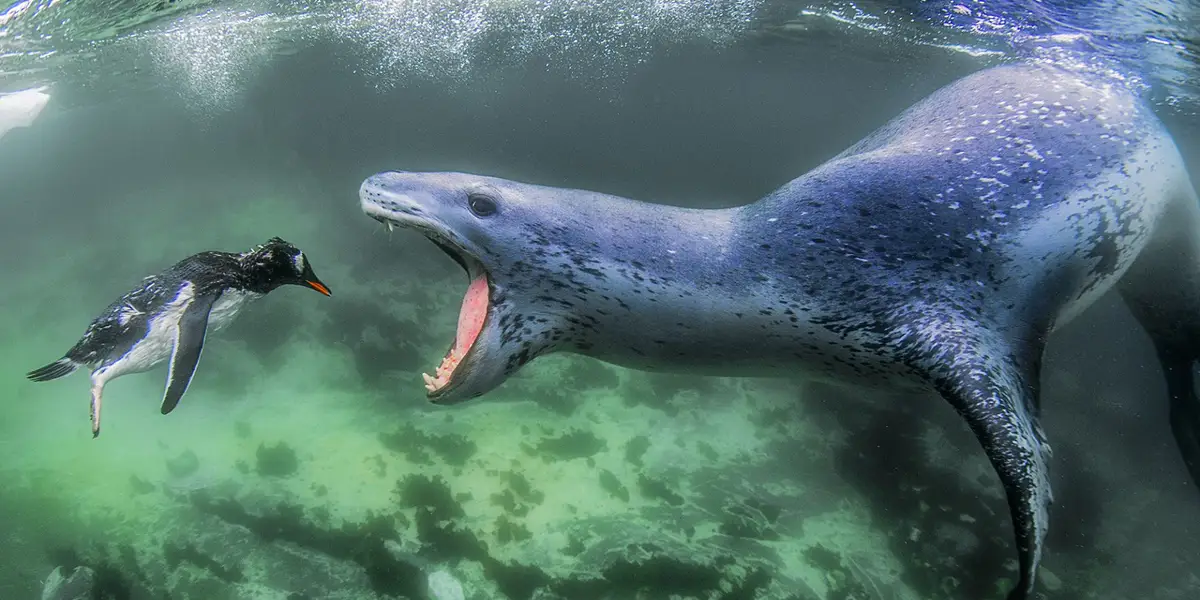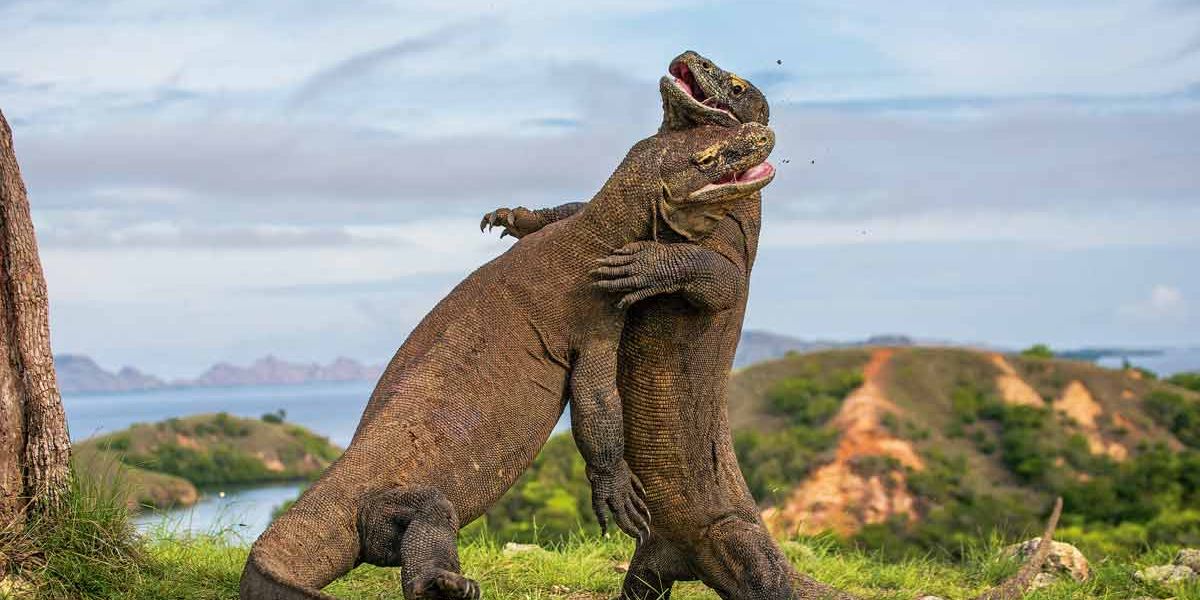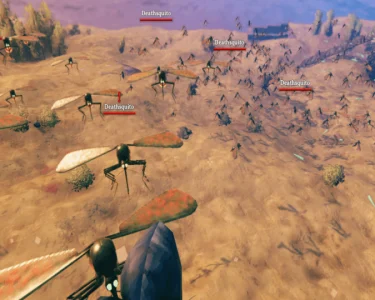Islands with amazing animals are like tiny worlds unto themselves, isolated pockets of land surrounded by vast oceans. Within these secluded environments, remarkable creatures have evolved in splendid isolation, adapting to the unique challenges of island life. From the tropical paradises of the Caribbean to the remote reaches of the Galápagos, let’s delve into the diverse array of amazing animals that call islands home.

1. Galápagos Giant Tortoise: The Icon of Island Evolution
No discussion of amazing island animals would be complete without mentioning the Galápagos giant tortoise. These colossal reptiles are the embodiment of endurance and adaptation. With their impressive size and distinctive shell patterns, they have become synonymous with the Galápagos Islands, where they have roamed for millions of years. The Galápagos giant tortoise serves as a living testament to the power of evolution in shaping island biodiversity.
2. Komodo Dragon: A Living Relic of Prehistoric Times
Found only on a handful of Indonesian islands, the Komodo dragon is the world’s largest lizard and a true marvel of nature. These formidable predators have prowled the islands for millions of years, wielding their venomous bite with deadly precision. Despite their fearsome reputation, Komodo dragons play a crucial role in maintaining the delicate balance of their island ecosystems, serving as top predators and scavengers.
3. Lemurs: Madagascar’s Charismatic Primates
Madagascar, often referred to as the “eighth continent,” is a hotspot of biodiversity, boasting a wealth of endemic species found nowhere else on Earth. Among its most iconic inhabitants are the lemurs, a diverse group of primates known for their playful antics and striking appearance. From the acrobatic ring-tailed lemur to the elusive aye-aye, these amazing animals have captured the hearts of wildlife enthusiasts around the world.
4. Galápagos Marine Iguana: The Only Ocean-Going Lizard
Another unique resident of the Galápagos Islands is the marine iguana, the world’s only lizard adapted to life in the ocean. With its sleek body and flattened tail, the marine iguana is perfectly suited to foraging for algae along the rocky shoreline. Despite facing numerous threats, including introduced predators and habitat loss, these remarkable reptiles continue to thrive in their island home.
5. Red-Footed Booby: A Colorful Avian Wonder
In the remote atolls of the Pacific Ocean, the red-footed booby reigns supreme as one of the most captivating seabirds. With its striking plumage and distinctive red feet, this avian wonder is a sight to behold against the azure backdrop of the tropical sea. Nesting in vast colonies on rocky cliffsides, red-footed boobies showcase the beauty and resilience of island life.
6. Galápagos Penguin: The Equatorial Penguin
While most penguin species are found in the frigid waters of the Southern Hemisphere, the Galápagos penguin defies expectations by thriving in the warm equatorial waters of the Pacific. As one of the world’s rarest penguin species, these pint-sized birds face numerous challenges, including fluctuating sea temperatures and competition for food. Yet, they have managed to carve out a niche for themselves in the rugged volcanic landscape of the Galápagos Islands.
7. Golden Lion Tamarin: Brazil’s Endearing Primate
Venture into the dense rainforests of Brazil’s Atlantic coast, and you may encounter the golden lion tamarin, a charismatic primate with a lustrous mane of fur. Endemic to a small region of Brazil, these enchanting monkeys have faced habitat destruction and fragmentation due to deforestation. Conservation efforts have helped to stabilize their populations, offering hope for the future of this amazing animal.
8. Kiwi: New Zealand’s Enigmatic Bird
In the dark forests of New Zealand, the kiwi roams the forest floor under the cover of night, its long bill probing for insects and grubs. This flightless bird is a symbol of New Zealand’s unique natural heritage, with its distinctive appearance and nocturnal habits setting it apart from other avian species. Despite the challenges posed by introduced predators, kiwi conservation efforts are making strides in protecting this iconic island dweller.
9. Galápagos Land Iguana: A Reptilian Survivor
Joining its marine counterpart, the Galápagos land iguana is another testament to the resilience of island life. With its bright yellow scales and spiky dorsal crest, this reptilian survivor cuts an imposing figure against the stark volcanic landscape of the Galápagos Islands. Despite facing threats from invasive species and habitat degradation, land iguanas continue to roam the arid lowlands in search of food and shelter.
10. Ringed Seal: Arctic Island Ambassador
In the icy waters surrounding the Arctic islands, the ringed seal reigns supreme as a symbol of resilience in the face of adversity. These plucky pinnipeds are superbly adapted to their frozen environment, with their sleek bodies and insulating blubber providing protection against the cold. As key indicators of ecosystem health, ringed seals play a vital role in the delicate balance of Arctic island ecosystems.

In conclusion, the world’s islands are teeming with amazing animals, each one adapted to its own unique island habitat. From the Galápagos to Madagascar, these island ecosystems harbor a treasure trove of biodiversity, showcasing the extraordinary resilience and adaptability of life in isolation. By protecting these fragile island ecosystems, we can ensure that these amazing animals continue to thrive for generations to come.




